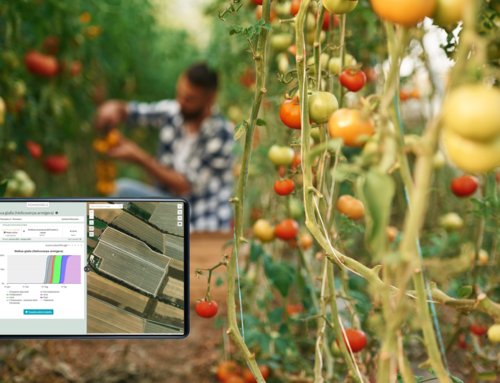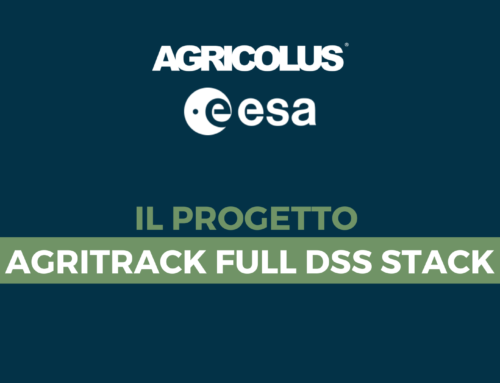Walking in any vineyard, we can notice that we are surrounded by several insects, useful or harmful, which are an integral part of the agroecosystem.
Focusing on the harmful ones, we can define two types of damage produced: direct and indirect. “Direct” usually refers to that caused by the physical action (trophic or ovideposition) of the insect.
The “indirect” one, instead, can be of various nature and very often represents the major problem. For example, the bite of an insect on a grape is a direct damage, the mold and rot that can be established as a result of the bite is clearly an indirect problem.
Insect vectors in vineyard
In this article we will deal with a particular category of indirect damages that insects can cause in the vineyard: the transmission of pathogens.
Let’s start by saying that the main pathologies transmitted by insects to the vine have viruses and bacteria (some of which are very particular, called phytoplasms) as a causal agent. Their main vectors are insects biologically very similar to the common stink-bugs: homoptera, group that includes cicadas, leafhoppers, mealybugs, whiteflies, aphids and many others.
What makes these insects so efficient in pathogen transmission? The answer is simple: the “evolution”. We are indeed talking about insects that evolved a particular feeding technique: they use a specific mouthpart called piercing-sucking, thanks to which they are able to feed on the plant sap (xylem or phloem) in a non-destructive way. Many pathogens move through this feeding action.
Here the most famous couples:
1. Bois noir – Hyalestes obsoletus
Disease caused by a phytoplasm (a particular bacterium without a wall) which leads to leaf yellows, leaf-rolls and lack of lignification of the shoots. The pathogen has as a reservoir of infection in spontaneous herbs such as nettle and bindweed, which are widespread in Italian vineyards. H. obsoletus feeds on these plants and, occasionally, on the vine, to which it transmits the dangerous pathogen.

A: Hyalesthes obsoletus; B: Scaphoideus titanus; C: Graphocephala atropunctata; D: Homalodisca vitripennis
2.Flavescence doreè – Scaphoideus titanus
This disease (caused by a phytoplasma too) symptoms are very similar to “bois noir” and the main vector is S. titanus. This insect is an ampelophagous, that lives and feeds only on the vine, where it shows one generation per year. It is an alien species coming from North America, it was accidentally introduced in Europe in the 1960s.
3.Grape Leaf Roll Disease – coccidae and pseudococcidae
Disease associated with a complex of viruses with different symptomatology and dependent on vine variety. It shows chromatic alterations (chlorosis/ redness) and leaf rolls, leading to delays in ripening and significant losses in production. It is actively transmitted through coccidae and pseudococcidae (Pulvinaria vitis, Planococcus ficus, Pseudococcus longispinus, Pseudococcus viburni, Pseudococcus calceolarie, Pseudococcus maritimus).
4.Pierce’s disease – xylem-sap feeding insects
Disease currently not present in Italy but endemic in the United States. It is caused by a strain of the bacterium Xylella fastidiosa. With a symptomatology similar to that caused by other strains of X. fastidiosa, this infection causes widespread leaf dryness and it leads to the death of the plant within few years. Being a bacterium that lives in xylem, only xylem sap feeding homoptera can acquire and transmit it efficently. Examples of vectors are Graphocephala atropunctata, Homalodisca vitripennis and Philaenus spumarius.




